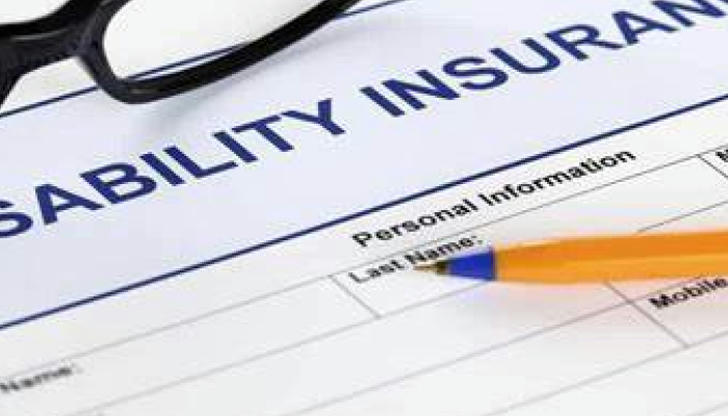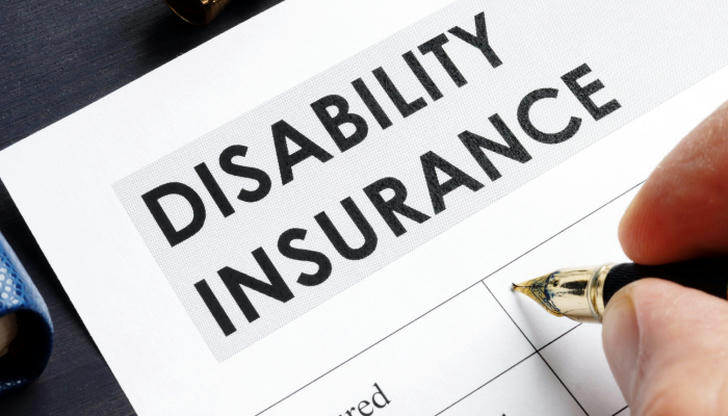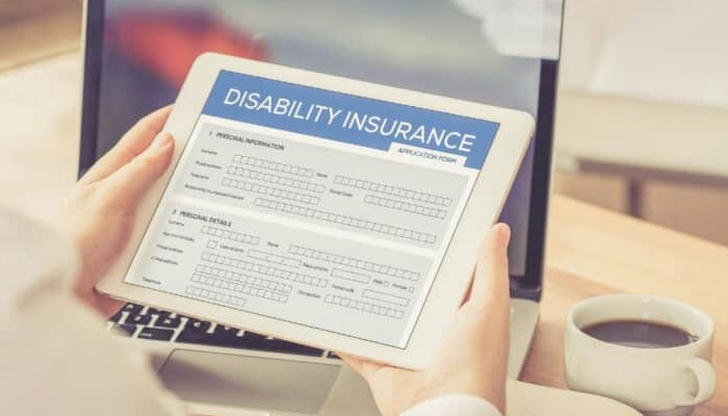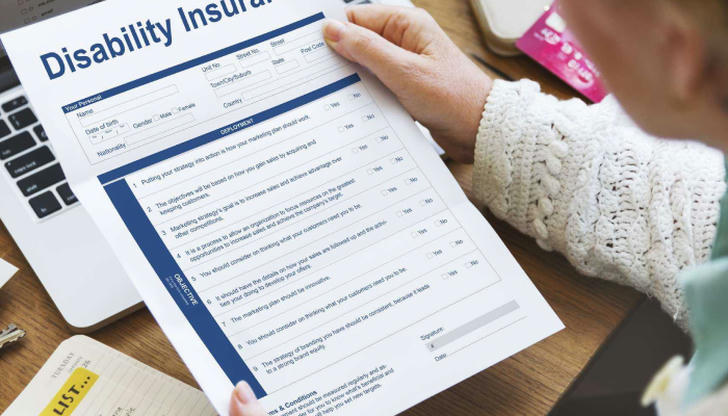Free disability insurance: Provide necessary protection for emergencies
Accidents may happen at any time in life, whether at work, in daily life, or in sports or travel. A sudden accident may make you lose your health or even lose your ability to work. These accidents often bring huge economic pressure to individuals and families. In this case, disability insurance is particularly important, especially for those low-income groups, for whom free disability insurance provides key protection.

This article will explore the working principle, beneficiary groups and specific implementation methods of free disability insurance through actual cases and policy analysis, so as to help everyone understand how this insurance can become part of the social safety net and provide support for people who are unfortunately disabled.
What is disability insurance?
Disability insurance is an insurance that provides financial compensation. It mainly provides financial support for disability caused by accidents. When someone loses the ability to work or suffers permanent functional impairment due to an accident, disability insurance can help them make up for the lost income and cover the cost of treatment. For people who have long-term difficulties in life due to disability, disability insurance can reduce their financial burden and ensure that they can continue to live.
The specific form of compensation for disability insurance will vary depending on the severity of the disability. Usually, the insured will receive a one-time compensation or long-term regular compensation depending on the degree of disability. In addition, medical expense reimbursement, living allowance, etc. are also important contents of disability insurance.
Free disability insurance: Let more people get protection
The origin of free disability insurance
The introduction of free disability insurance is usually a welfare policy of the government or social organizations to ensure that low-income groups do not fall into financial difficulties when encountering accidents. Free disability insurance is especially aimed at those who are unable to purchase commercial insurance, especially low-income families, unemployed people, and the elderly. This type of insurance brings together resources from the government, social groups, and other parties to help them reduce the economic pressure caused by accidental disability by providing insurance protection for vulnerable groups in society.
Usually, the coverage and compensation amount of free disability insurance are relatively limited, but for people with low income or no other protection, it is undoubtedly an important social welfare.
Real case: Ms. Li's story
Ms. Li is a single mother who lives in a small city in China. She usually works in a factory. Although her income is not high, it is enough to support her and her children's daily life. However, an unfortunate accident at work caused her to fall and fracture her right wrist. The doctor diagnosed that she needed surgery and rest for a period of time before she could recover.
Because Ms. Li had no insurance and the cost of treatment was high, she was once in great financial difficulties. However, in her hometown, the government has a free disability insurance policy that provides compensation and subsidies for people like her who are unable to continue working due to work-related injuries. By applying for free disability insurance, Ms. Li not only received compensation for the cost of surgery and rehabilitation treatment, but also received a three-month living allowance, which enabled her to reduce her financial burden during the recovery period and concentrate on recuperating. In the end, she successfully recovered and was able to return to work.

Coverage of free disability insurance
The coverage of free disability insurance usually includes the following aspects. Although the policies in different regions may vary, in general, the basic protection goal of free disability insurance is to help the disabled overcome difficulties and restore basic living standards.
1. One-time disability compensation
After disability occurs, the insurance company will compensate according to the degree of disability. Generally speaking, the more severe the degree of disability, the higher the compensation amount. One-time disability compensation can help victims pay for treatment and rehabilitation costs and reduce financial pressure.
2. Periodic disability compensation
Periodic disability compensation is a form of long-term payment, usually to make up for the loss of income due to disability. For example, if the victim can no longer work after the injury, or needs long-term treatment and life care, this periodic compensation can help the victim maintain a basic life.
3. Medical expense reimbursement
Many free disability insurances also include medical expense reimbursement to help the injured reduce the burden of medical expenses incurred during treatment. Medical expense reimbursement usually covers hospitalization fees, surgery fees, drug fees and other expenses, so that victims do not need to worry about financial pressure affecting the progress of treatment.
4. Living allowance
If the disabled person is unable to work, living allowance can provide continuous financial support. The amount of the subsidy is usually linked to the degree of disability and the cost of living, ensuring that the disabled person can maintain a basic standard of living during the rehabilitation period.

Advantages and challenges of free disability insurance
1. Advantages
Reducing financial burden
For low-income groups who are unable to purchase commercial insurance, free disability insurance is undoubtedly a lifesaver. It can help these people maintain their basic living after they become disabled, and reduce the financial pressure caused by medical and rehabilitation expenses.
Guaranteeing basic living
Free disability insurance provides not only short-term medical support, but also long-term living subsidies. This means that even if the victim cannot work due to disability, he or she can still guarantee his or her living standards to a certain extent and reduce social risks.
Inclusiveness
Free disability insurance is a welfare provided by the government to protect all people, especially low-income groups, and it has a wide range of applications. It reflects the society's care for vulnerable groups, especially in the event of unforeseen accidents, providing safety for everyone.
2. Challenges**
Limited coverage
Because free disability insurance is usually provided by the government or social groups with limited budgets, its compensation amount and coverage are often relatively low. For people who need long-term treatment or rehabilitation, free disability insurance may not cover all expenses and still need to rely on other supplementary insurance.
Insurance conditions restrictions
Although free disability insurance provides protection for low-income groups, not everyone can enjoy it. These policies usually have specific application conditions, and only those who meet the conditions can enjoy the benefits of the insurance. For example, some free disability insurance only applies to workers or families in specific industries.
Complicated claims process
Although free disability insurance is intended to help those in distress, the claims process in some areas may be cumbersome and the payment cycle may be long. It may take a long time for victims to receive compensation, which may affect their recovery process.

How to choose the right disability insurance
1. Assess your personal situation**
When choosing disability insurance, you should first consider your risk situation. For example, whether there is a higher risk of accidents at work, whether there are higher health problems, or whether there is a possibility of accidents in life. Choose the right disability insurance according to different risks.
2. Understand the terms of different insurances**
When purchasing disability insurance, read the terms of different insurance products carefully. Understand important information such as coverage, claim standards, and deductible periods to avoid disputes when making claims.
3. Consider the combination of free and commercial insurance**
For low-income people, free disability insurance is an indispensable protection tool, but if financial conditions permit, you can consider purchasing commercial insurance at the same time. The coverage and compensation amount of commercial insurance are usually more comprehensive, which can make up for the shortcomings of free disability insurance.

Looking to the future: the prospects of free disability insurance
With the continuous improvement of the social security system, the coverage and protection level of free disability insurance are expected to continue to increase. In the future, more groups may be able to obtain free disability insurance protection through the government or social organizations, and the society's care for vulnerable groups will be further deepened. The continuous efforts of the government and relevant institutions will make disability insurance services more inclusive and convenient, helping more people overcome the difficulties in life.
Summary
As a social security benefit, free disability insurance provides important economic support, especially for low-income groups. Although its protection amount and compensation scope may have certain limitations, it still provides a necessary safety net for those who are disabled due to accidents, helping them to reduce financial pressure and maintain a basic living standard. With the continuous improvement of the social security system in the future, free disability insurance is expected to provide help to more people and become an important part of protecting people's lives.
